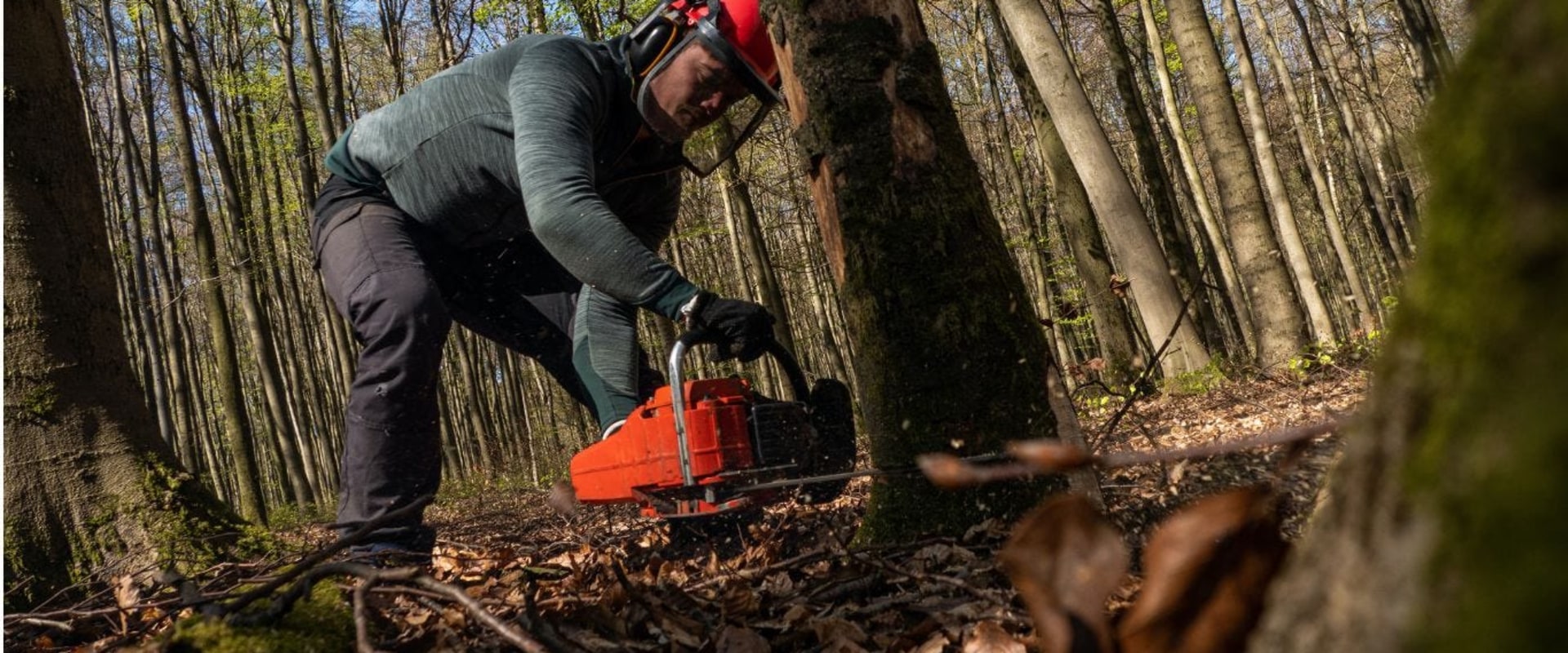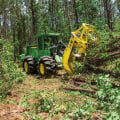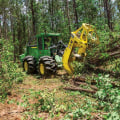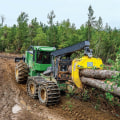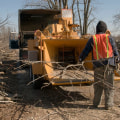Forestry is a vital industry that involves the management, cultivation, and harvesting of trees for various purposes. From providing raw materials for construction and paper production to preserving natural habitats and preventing soil erosion, forestry plays a crucial role in our daily lives. And at the heart of this industry is a range of specialized forestry equipment, including chainsaws.
The Importance of Chainsaws in Forestry
Chainsaws are powerful tools that are used to cut down trees, trim branches, and process logs into usable timber. They have revolutionized the way we approach forestry, making it more efficient and less labor-intensive.With the right chainsaw, a skilled operator can fell a tree with precision and speed, reducing the risk of accidents and minimizing damage to the surrounding environment. But not all chainsaws are created equal. There are several types of chainsaws used in forestry, each designed for specific tasks and terrain. In this article, we'll take a closer look at these different types of chainsaws and their applications.
Gas-Powered Chainsaws
Gas-powered chainsaws are the most common type of chainsaw used in forestry. They are powered by a two-stroke engine that runs on a mixture of gasoline and oil.These chainsaws are known for their power and versatility, making them suitable for a wide range of tasks. One of the main advantages of gas-powered chainsaws is their portability. They don't require an external power source, which means they can be used in remote locations without access to electricity. This makes them ideal for forestry work in rugged terrain or areas with limited infrastructure. Gas-powered chainsaws also come in a variety of sizes and power ratings, making them suitable for different types of trees and cutting tasks. They are typically used for felling trees, limbing, and bucking logs into smaller pieces.
Battery-Powered Chainsaws
Battery-powered chainsaws are a relatively new addition to the forestry equipment market.They are powered by rechargeable lithium-ion batteries, which offer a quieter and more eco-friendly alternative to gas-powered chainsaws. One of the main advantages of battery-powered chainsaws is their portability. They are lightweight and don't require a power cord, making them easy to maneuver in tight spaces. They are also quieter than gas-powered chainsaws, which can be beneficial when working in residential areas or noise-sensitive environments. However, battery-powered chainsaws are not as powerful as their gas-powered counterparts. They are best suited for light-duty tasks such as pruning and trimming small trees and branches.
They also have limited battery life, which means they may not be suitable for extended use in remote locations.
Electric Chainsaws
Electric chainsaws are powered by electricity and are typically used for light-duty tasks such as pruning and trimming. They are quieter than gas-powered chainsaws and don't produce any emissions, making them a more environmentally friendly option. One of the main advantages of electric chainsaws is their low maintenance requirements. They don't require fuel or oil, and there are no spark plugs or air filters to replace. This makes them a cost-effective option in the long run. However, electric chainsaws have limited mobility due to their power cord.They also have less power than gas-powered chainsaws, which means they may not be suitable for heavy-duty forestry work.
Pole Chainsaws
Pole chainsaws are a specialized type of chainsaw that is used for pruning and trimming trees. They have a long pole attached to the saw, allowing the operator to reach high branches without the need for a ladder. One of the main advantages of pole chainsaws is their safety. They eliminate the need for climbing ladders or using other equipment to reach high branches, reducing the risk of accidents. They are also lightweight and easy to maneuver, making them suitable for use in tight spaces. However, pole chainsaws are not as powerful as other types of chainsaws and are best suited for light-duty tasks.They also have limited reach, which means they may not be suitable for very tall trees.
Specialty Chainsaws
In addition to the four main types of chainsaws mentioned above, there are also specialty chainsaws that are designed for specific tasks. These include top handle chainsaws, which are used for tree climbing and pruning, and rescue chainsaws, which are used by emergency responders to cut through debris and fallen trees. There are also chainsaw mills, which are used to turn logs into lumber. These specialized chainsaws have a guide bar and chain specifically designed for cutting logs into boards.Choosing the Right Chainsaw for Your Forestry Needs
When it comes to choosing the right chainsaw for forestry work, there are several factors to consider. These include the type of trees you will be working with, the terrain, and the type of cutting tasks you will be performing. If you will be working in remote locations with no access to electricity, a gas-powered chainsaw may be the best option.If you need a more eco-friendly and quieter option, a battery-powered or electric chainsaw may be a better choice. And if you will be working with tall trees, a pole chainsaw may be necessary. It's also essential to consider the safety features of the chainsaw, such as anti-vibration systems and chain brakes. These can help reduce the risk of accidents and make your work more efficient.
Conclusion
Chainsaws are an essential tool in forestry, and choosing the right one for your needs is crucial. Whether you opt for a gas-powered, battery-powered, electric, or specialty chainsaw, make sure to consider the type of work you will be doing and the terrain you will be working in.With the right chainsaw in hand, you can tackle any forestry task with ease and efficiency.
